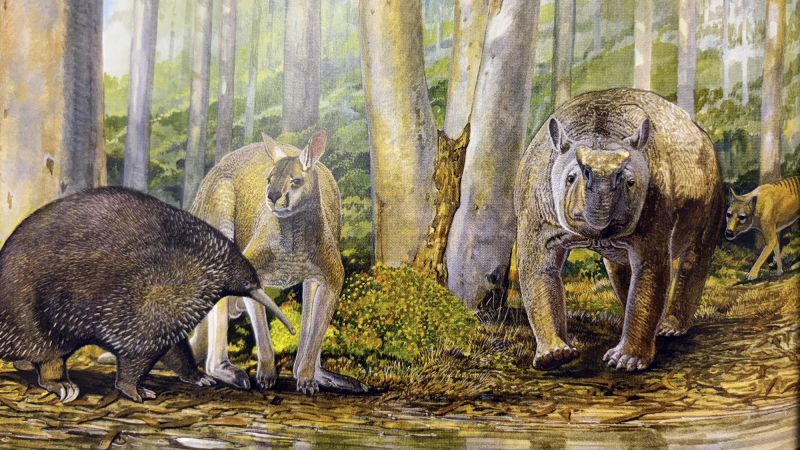Recent analysis of two fossils from Australia, estimated to be about 50,000 years old, suggests that Australia’s First Peoples valued big animals for their fossils as well as for their meat, collecting bones and transporting them over great distances.
For decades, scientists viewed cut marks on the fossils as signs that Indigenous Australians hunted large prey — possibly to the point of extinction. When humans first arrived in Australia around 65,000 years ago, the continent was home to enormous animals that are now long gone, such as giant long-nosed echidnas, short-faced kangaroos that stood nearly 10 feet (3 meters) tall, and wombat-like tusked marsupials as big as rhinos. But by about 46,000 years ago, all these large animals had disappeared.
In the 1960s, scientists detected a human-made cut mark on a fossilized kangaroo tibia found between 1909 and 1915 at Mammoth Cave in southwestern Australia. At the time that the cut was identified, researchers proposed that the mark proved that First Peoples butchered ancient megafauna.
However, researchers recently scanned the internal structure of the bone a
Continue Reading on CNN
This preview shows approximately 15% of the article. Read the full story on the publisher's website to support quality journalism.
